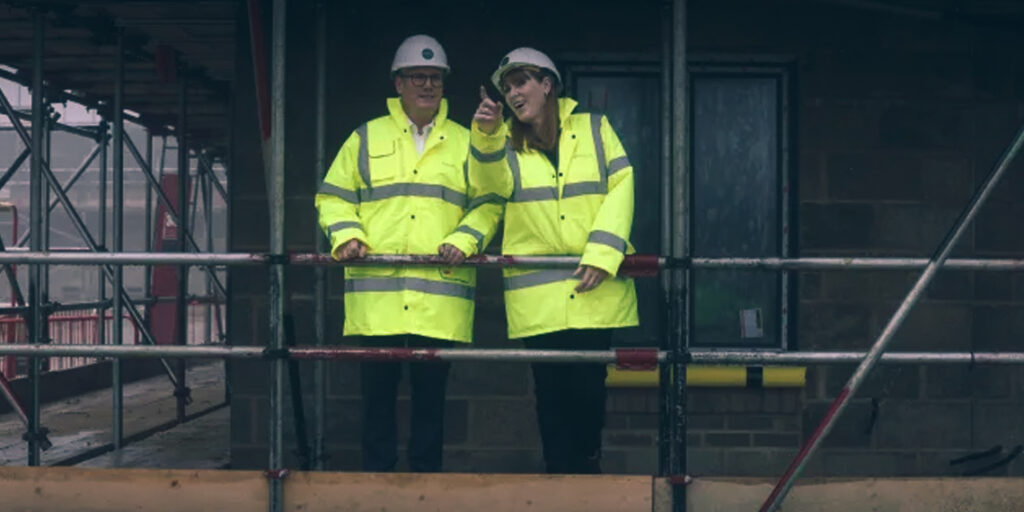The UK government’s controversial housing plan, which aims to build 1.5 million new homes over the next five years, is set to impact green belt land across the country.
Local councils are now being compelled to review green belt boundaries to meet the ambitious housing targets, sparking concerns among environmental groups and local communities.
The government’s focus will be on “grey belt” land, which refers to underutilised or low-quality areas of the green belt. Critics argue that this could lead to the loss of vital green spaces and wildlife habitats.
The National Trust, one of the most vocal opponents, has raised alarms over the potential loss of green belt land.
Ingrid Samuel, the Trust’s Director of Placemaking and Heritage, warned that the proposed changes could trigger speculative development, bypassing local plans and compromising the environment.
Samuel stressed the need for developers to prioritise sites with existing planning permission and for a focus on maintaining nature and public access.
Labour’s housing policy, spearheaded by Angela Rayner, is pushing for the construction of 370,000 homes annually, but concerns about the destruction of green spaces have prompted backlash from local communities.
Shadow Housing Secretary, Kevin Hollinrake, condemned the policy, accusing Labour of disregarding local input and pressing forward without proper consideration of the impacts on residents.
In response to the criticism, Rayner remained firm, stating that meeting people’s housing needs must take precedence over the protection of certain green spaces.
She committed to “bold and decisive action” to address the nation’s housing crisis, including a significant boost in social and affordable housing.
As part of the government’s plans to alleviate concerns, developers will be required to provide essential infrastructure such as GP surgeries, transport links, and nurseries if green belt land is developed.
Additionally, £300 million will be allocated to local councils, and 300 new planning officers will be hired to help manage the increased demand for housing development.
Environmental groups, such as Friends of the Earth, acknowledge the need for more affordable housing but urge the government to balance this with careful planning.
Mike Childs, Head of Policy at Friends of the Earth, emphasised the importance of infrastructure to support housing development on the green belt and called for measures like rent controls to help young people access affordable homes.
With 1.3 million households on council house waiting lists and over 160,000 children living in temporary accommodation, the government argues that housing development in these areas is essential to meet the growing demand for homes.
Housing Minister Matthew Pennycook defended the plan, stating that brownfield land alone would not be enough to meet the housing targets and that the government had listened to feedback on the need for more housing in areas with the most significant affordability pressures.
The Local Government Association (LGA) also supports the idea of local councils having a say in managing land development, arguing that they are best positioned to assess the needs and demands of their communities.
The green belt, which covers 13% of England, was established over 70 years ago to prevent urban sprawl and protect open countryside. However, critics of the government’s plan worry that these areas, which are home to critical wildlife and green spaces, are now at risk of losing their protection.


